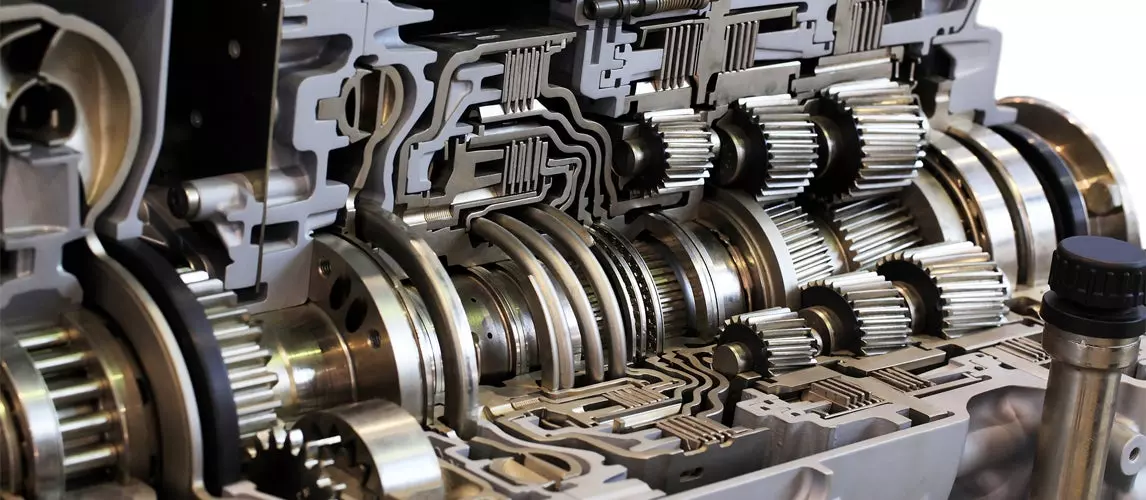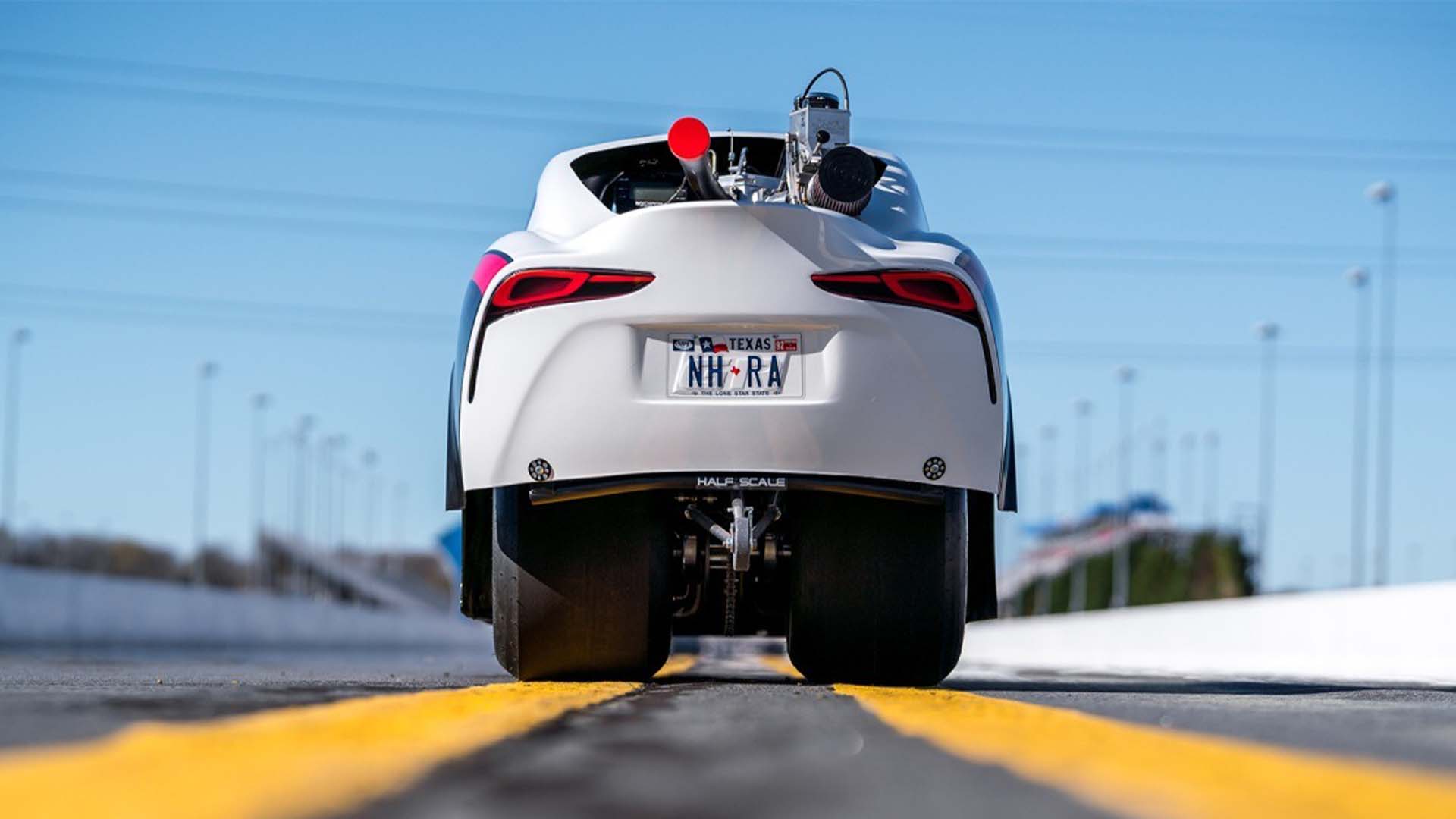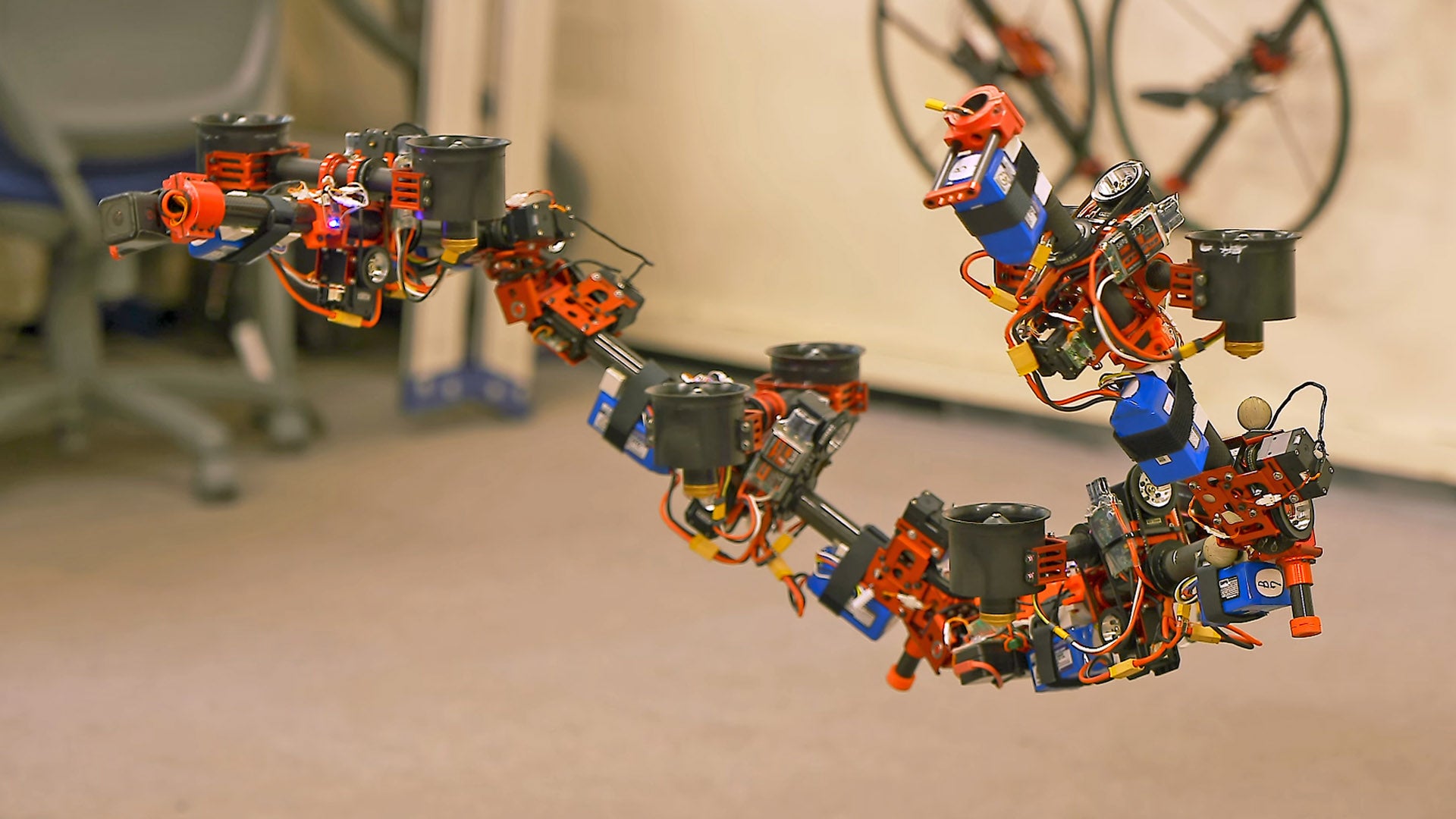A crankshaft sensor is included in all modern vehicles to monitor the rotational position and speed of the vehicle’s crankshaft. The sensor sends reports to the engine control unit, allowing it to make adjustments that compensate for any malfunctions. If the crankshaft sensor fails, then these reports may not be sent or the information that is sent may not be accurate.
This could cause long-term damage to your vehicle’s engine or stop it from working at all. Recognizing the early symptoms of a bad crankshaft sensor can reduce the risk of complete engine shutdown or malfunctions that lead to expensive repairs.
Most Common Symptoms of a Bad Crankshaft Sensor
The crankshaft’s position and speed are two key parameters that your vehicle’s computer uses for engine management calculations. If the sensors are not working correctly, then the calculations will be incorrect. Understanding the most common symptoms of a bad crankshaft sensor reduces the risk of damage to your engine.
- Check Engine Light Is On
There are several reasons why the Check Engine Light can come on, including problems with the crankshaft sensor. Overheating is one of the most common reasons. If this is the case, then turning off the engine and allowing it to cool will also cool off the sensor. If the Check Engine Light remains off when you restart the vehicle, then you have most likely solved the problem. However, if it comes back on, then you may need the services of a professional mechanic to take a closer look at your vehicle’s computer.
- Engine Vibrations
When the crankshaft sensor fails it no longer monitors the position of the crankshaft. This can lead to the engine starting to vibrate heavily. Over time the juddering can affect the power the engine produces and its ability to accurately record mileage. You can reduce these effects by being aware of the normal vibrations of your vehicle and taking action immediately if these change.
- Accelerator Response
If your accelerator response rate is slower than normal, then this may be a symptom of a bad crankshaft sensor. If the sensor is not working correctly it may not send correct cylinder position information to the vehicle’s computer. This increases the time between the computer receiving the data and applying it, causing the accelerator to hesitate rather than giving you a real-time response while you are driving.
- Erratic Starting
If your vehicle is not starting consistently, then you could have serious problems with your crankshaft sensor. Erratic starting is one of the most serious symptoms of a bad crankshaft sensor. The problem can escalate quickly without any further warning, leaving you with a vehicle that won’t start at all. Other issues that can cause the same symptoms to include circuit problems and loose electrical connections.
- Cylinder Misfiring
If your crankshaft sensor is failing, then it is unable to provide your vehicle’s computer with correct piston position information. This causes one of the cylinders to misfire. Spark plug issues can also result in a cylinder misfiring, however, if you deal with the spark plug issue and still experience misfiring, then the crankshaft sensor is likely to be the cause of the problem.
- Backfiring and Stalling
If your vehicle starts and runs with no obvious problems but the engine then turns off after a while, this could indicate that the crankshaft sensor is malfunctioning. Misfiring or backfiring can also occur when the sensor is not working properly. While this can be just a minor annoyance to start with, it can lead to more concerning issues, including your engine shutting off permanently.
How to Test a Crankshaft Position Sensor
If your vehicle experiences any of these symptoms, it is time to check the sensor and see whether it is this that is causing the problem. There are several steps you can take to test the sensor before you call in the experts.
- Test the voltage output – Once you have tested the voltage output, you can compare the readings with the specifications in your handbook. This is a clear way to see of your crankshaft sensor is malfunctioning.
- Wiring the voltmeter – the wires at the sensor connector can be back probed if your voltmeter is equipped with needle probes.
- Set the multimeter – if you have a digital multimeter, set it to the AC minivolts range. Start the engine and check the reading against the manufacturer’s specifications. If your vehicle’s manual gives a resistance value, you can check the sensor without cranking the engine.
Replacing your Crankshaft Sensor
If you are confident in your mechanical abilities, then it is possible to replace the crankshaft sensor yourself. However, if you are unsure, do not have the tools, or do not have the space needed for the repair, then it is better to leave it to an expert. Either way, knowing the basic steps that need to be taken can be useful.
- Disconnect the battery, starting with the negative terminal.
- Prepare your workspace. You will need to jack the vehicle so that you can fit underneath it and reach the sensor. Make sure your vehicle’s position is secure.
- Disconnect the electrical connector. Start by releasing the plastic clip, then carefully pull the connector lose; you may need to wiggle it from side to side to help loosen it. Check the connector for rust. If your engine is stalling, this can be the cause. Clean or replace the pigtail if needed.
- Remove the sensor mounting bolts. There are generally one or two 10mm bolts holding the sensor in place.
- Remove the sensor. If the sensor is stuck, firmly, but gently, twist and pull to loosen it. If this does not work, then a door panel clip removal tool can be useful for prying it out. Do not apply too much pressure as you could break the sensor.
- Now that the old sensor is out, you need to prepare the new one. Start by lightly lubricating its O-ring. This will make it easier to fit into place.
- Clean the position sensor porthole before positioning the new sensor and pushing it firmly into place.
- Replace the mounting bolts and tighten.
- Re-connect the electrical connector. Ensure that the connector clip is completely engaged.
- Replace any other parts that you removed to access the sensor, then carefully lower the vehicle.
- Reconnect your battery starting with the positive terminal. You are now ready to test your new sensor and return to trouble-free driving.
Taking care of your vehicle and taking notice of small changes to how it works are the best ways to ensure it continues to provide excellent performance and fuel efficiency. Your crankshaft sensor is just one of many sensors designed to improve the performance of your vehicle. Ignoring the symptoms of a bad crankshaft sensor can lead to multiple problems that could have otherwise been avoided.
Sources:
- How to Test a Crankshaft Position Sensor, Do It Yourself
- Crankshaft Position Sensor Testing and Replacement, Danny’s Engine Portal









